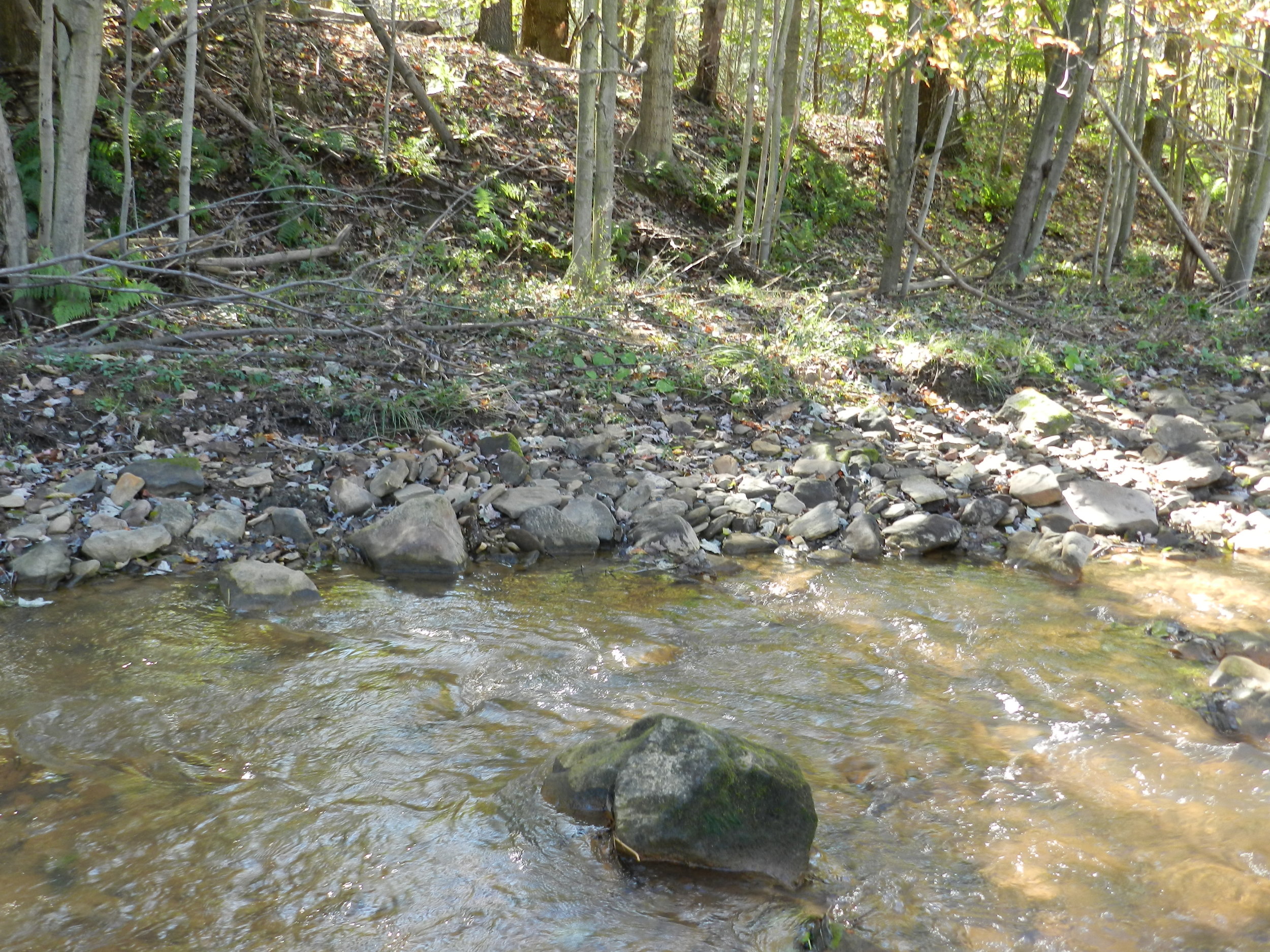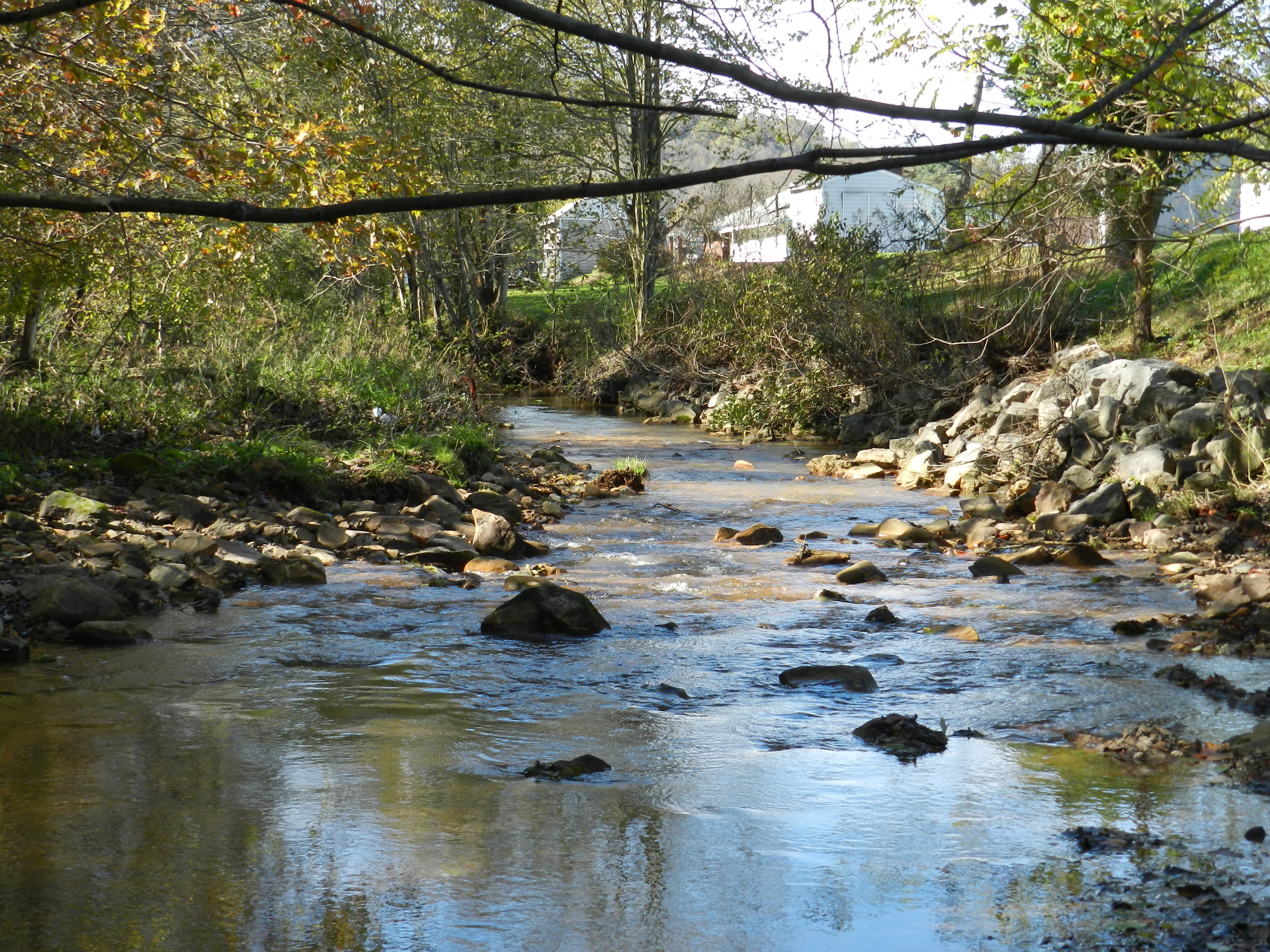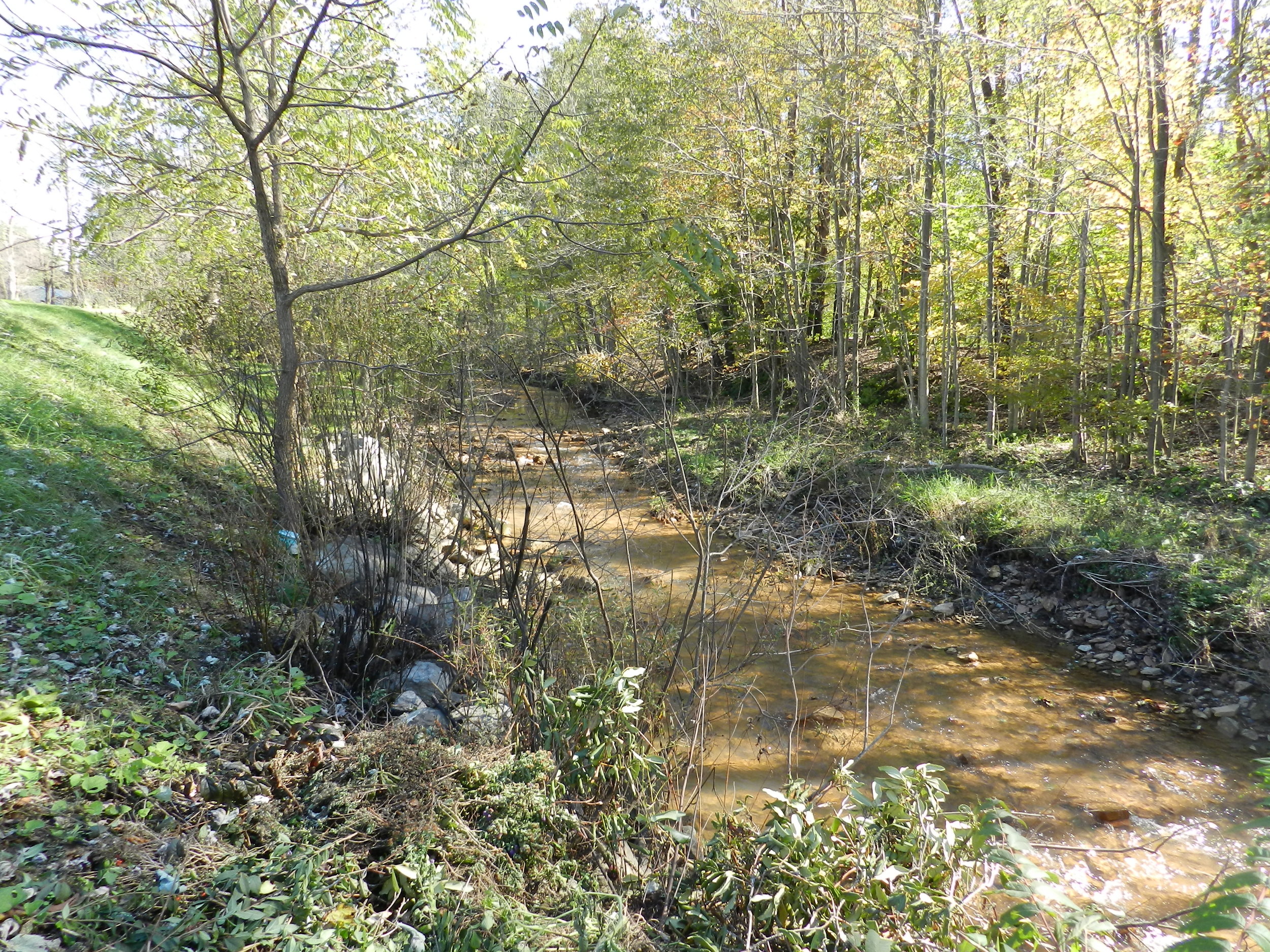Stream restoration
what is stream restoration?
Here in Western Pennsylvania we see a lot of streams running orange from abandon mine drainage. We see a lot of coal refuse lining the banks of streams. And we see a lot of erosion to our stream banks. The Cambria County Conservation District, in conjunction with many other agencies, has restored many of our waterways back to health. We have installed many devices to stabilize stream banks, to stop erosion, and to provide fish habitat.
Many times, a stream will threaten homes with frequent flooding, due to eroding banks. We have done various projects to help control some of these threats. Anglers benefit greatly from the work being done, as fish are being brought back to their streams. In places that once couldn’t sustain aquatic life, are now thriving. In order to do this work, several steps are taken to design an effective way of restoring the stream. If you look in streams around the area, you are sure to find some devices you may wonder about.
Boulders
One of the simplest techniques used to provide aquatic habitat, is placing large boulders throughout the stream. Typically placed randomly or in a triangular pattern, the boulders are placed in the center of the stream and are large enough to not be moved during heavy flows. These boulders provide cover for fish as well as a travel corridor in areas with minimal cover.
Log Deflectors
Used for a multitude of purposes, these triangular logs placed along the banks of stream are fairly common in stream restoration. They are used to create a deepening effect along the outer face of the device to narrow the channel, they provide cover and habitat along their edges, and they help to move the main flow of the water away from the bank for stabilization purposes.
Saw Tooth Deflectors
Stream bank stabilization and fish habitat is the goal of the device that clearly resembles saw teeth. These devices are created along a stream bank and are highly visible. Rocks are placed in a zig zag saw tooth pattern, which cuts down on erosion of the stream bank. The spaces between devices provide great cover for fish and habitat for other aquatic species.
Root Wad Deflectors
This device is exactly what it sounds like. The root wad from a fallen tree is placed along the banks of a stream. Fish and other aquatic species love and need these areas as cover and habitat. They not only provide for habitat, they strengthen the banks of a stream and protect it from further undercutting and erosion.
Log Cross Vane
Two logs are secured to the sides of a stream and point towards each other, in order to channelize the stream. These often look like a ‘V’ pointing upstream in a waterway. Channelizing the water creates a quicker flow and decreases the risk of erosion, all while creating a pool affect that fish use for cover.
Mud Sill Cribbing
Best for low gradient streams with steep eroded banks, mud sill cribbing can be placed along a straight section of stream or along a curve. These devices are logs laid along the bank in order to create stability as well as fish cover. These are often easily able to be identified.











